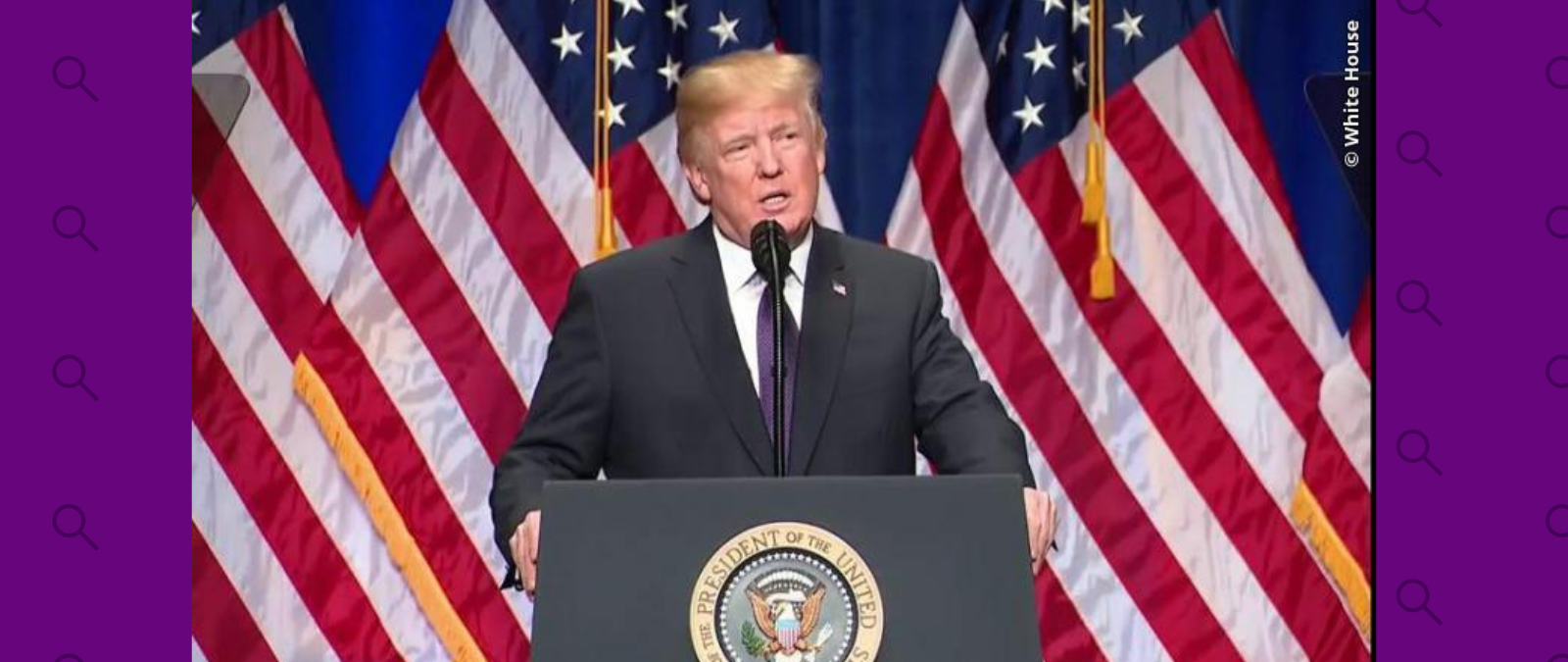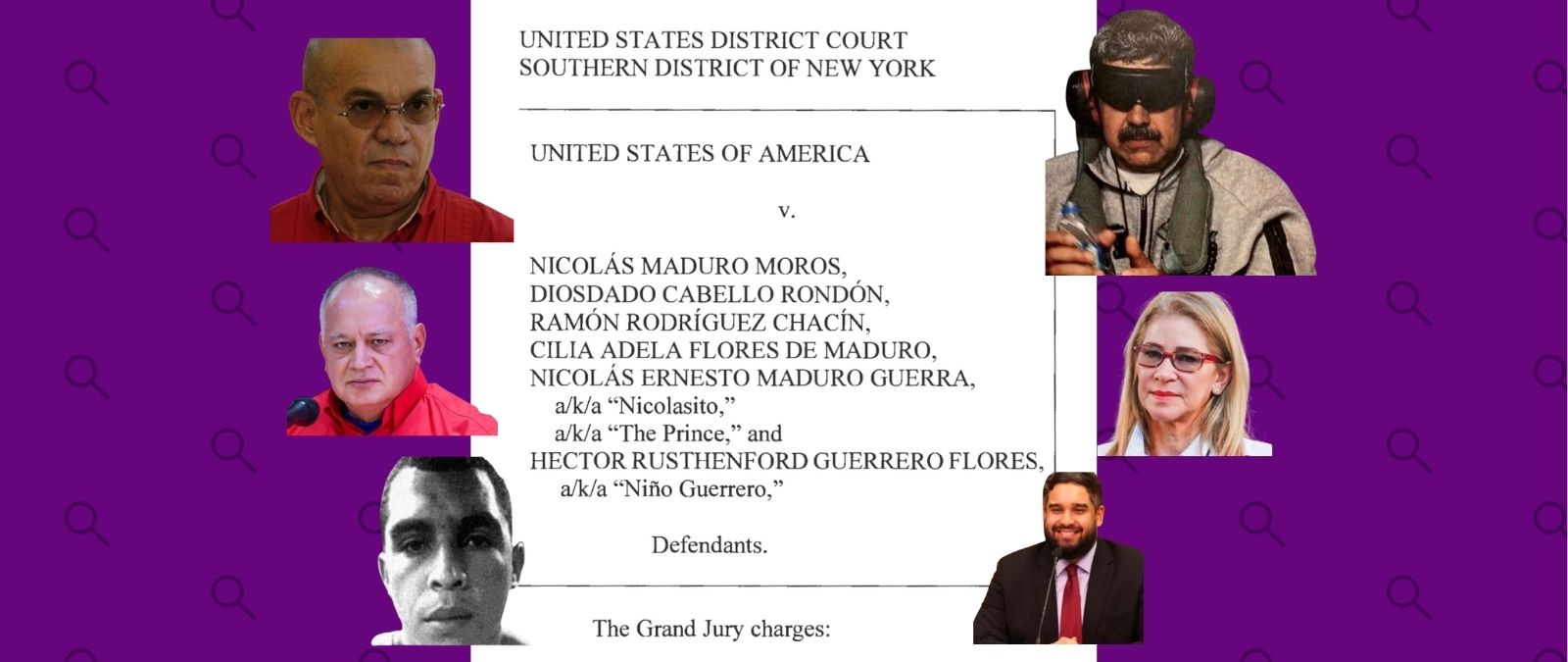Counting the votes in presidential elections isn't an easy process. According to Pew Research, in the 2020 elections, over 158 million U.S. citizens voted - the process required over 775,000 electoral workers throughout the country, according to data provided by the Election Assistance Commission (EAC). However, each state decides how to do the vote counting, and this process varies depending on each county, on whether they are counting votes by mail or votes from people who went to a voting center personally.
Like we’ve already explained in Factchequeado, the results that are announced on the evening on Election Day are not official. The official results can take much longer, as explained by the nonpartisan organization Brennan Center for Justice, ally of Factchequeado: “The vote counting process includes several steps and lasts several weeks. Each of these steps comes with a security measure in order to protect the voters’ rights and the integrity of the elections. They are done publicly, and representatives of each party, citizens and the media can confirm they are done correctly.”
The methods vary depending on the state. For example, in Massachusetts, voters mark the ballots with an ink oval next to the name of the candidate they want to vote for. Then, most of the state’s municipalities use electronic machines “that count the votes by detecting the ink ovals,” and they produce a document with the total amount of votes. As mentioned by the Massachusetts Secretary of State, “the candidates always have the right to ask for a manual vote recount” before a Court “to verify that the official results are real.” For security reasons, none of these machines are connected to the internet.
Another example would be Arizona, where some counties use a system similar to the one used in Massachusetts, and others send the closed ballot boxes to a special center where the votes are counted. State Law demands the vote counting process to be recorded and streamed online. In Los Angeles, California county, the ballots are also sent to a center where the votes are counted. This is done under police protection and only after the ballots have been sealed and verified by a sheriff in the voting center.
Although, as you can see, the process varies a lot in different states and counties, the vote counting process is transparent throughout the country. As the National Conference of State Legislatures (NCSL) reminds us, “almost all states allow voters to be present in different stages of the electoral process, especially when voting machines are tested and also normally when the vote counting is done.”
If you want to be present in the vote counting, you can check here whether the state in which you live allows you to or not. It’s important for you to keep in mind that the candidates’ representatives can always be present.
When does the vote counting happen?
In general, if you vote personally in a voting center on Election Day, your ballot will be counted, as long as you did it in the requested time frame. However, if you vote by mail, the rules will change depending on the state. Again, according to the NCSL, Arizona will only count your vote if it arrived to the county before 7 p.m. on election day, while in California, on the other hand, it will be enough if it was sent even on Election Day, as long as the county receives it in less than a week. These differences in time also affect the vote counting process.
In some states, the process starts even before the elections: in Nevada, authorities can begin counting mail-in votes even 15 days before Election Day, but it is forbidden for them to communicate any results before the ballot boxes are closed. Additionally, all votes by mail go through a verification process, in which the voter has a right to be present. These verification processes can start even 20 days before the elections, like it happens in Texas, or even a month before, like it happens in Delaware. Again, this will vary depending on the rules of each state.
Like we’ve already explained in Factchequeado, the official results certification takes time so that all verification processes are applied and candidates can go to Court if they think they have been disadvantaged in the counting process. In Virginia or Connecticut, the certification can take only 3 days, but in California or New York, it can take more than a month. Most of the states take at least a week before publishing the official results.
Factchequeado is a verification media outlet built by a Spanish-speaking community to tackle disinformation in the United States. Do you want to be part of it? Join us and verify the content you receive by sending it to our WhatsApp +16468736087 or to factchequeado.com/whatsapp.
Primera fecha de publicación de este artículo: 27/08/2024








